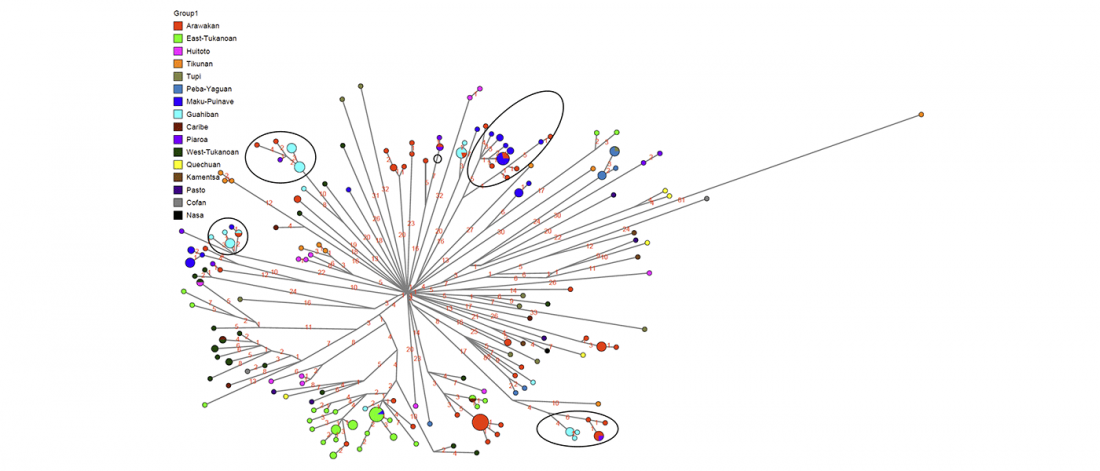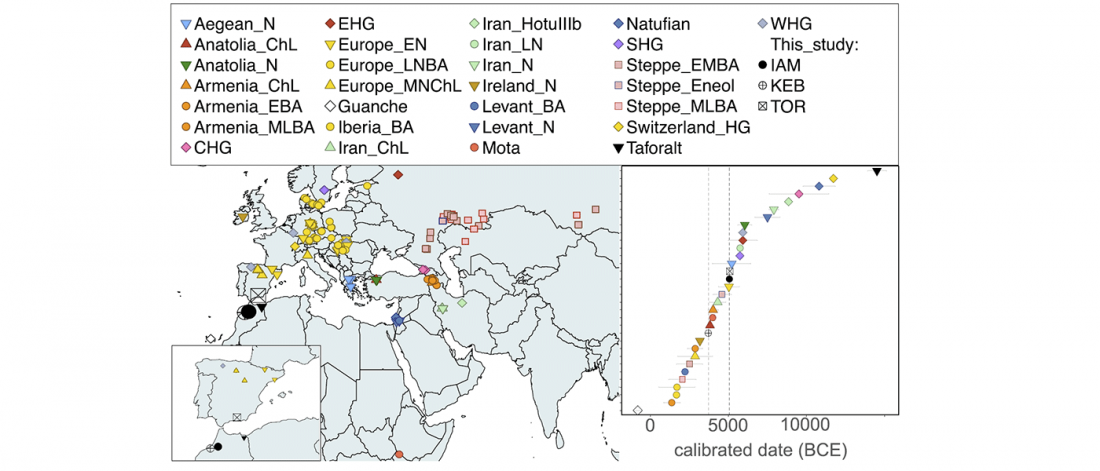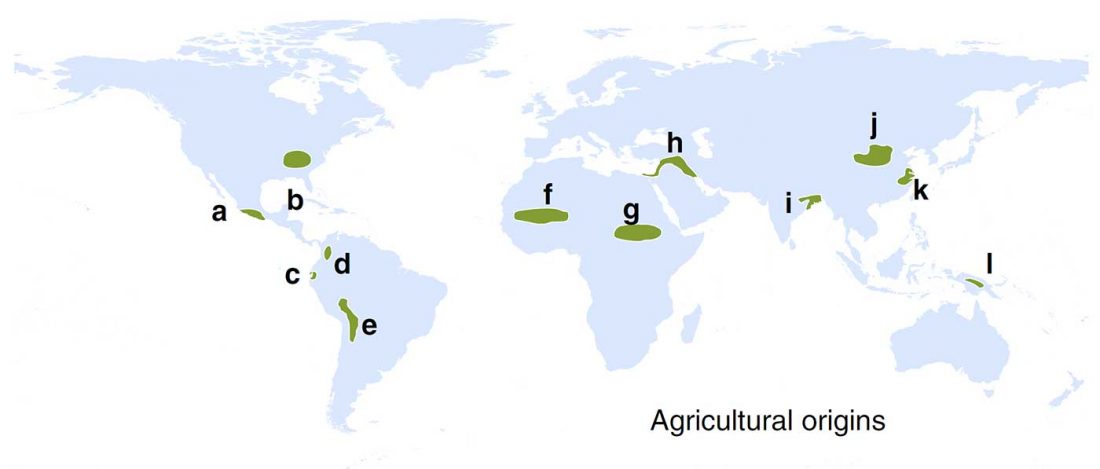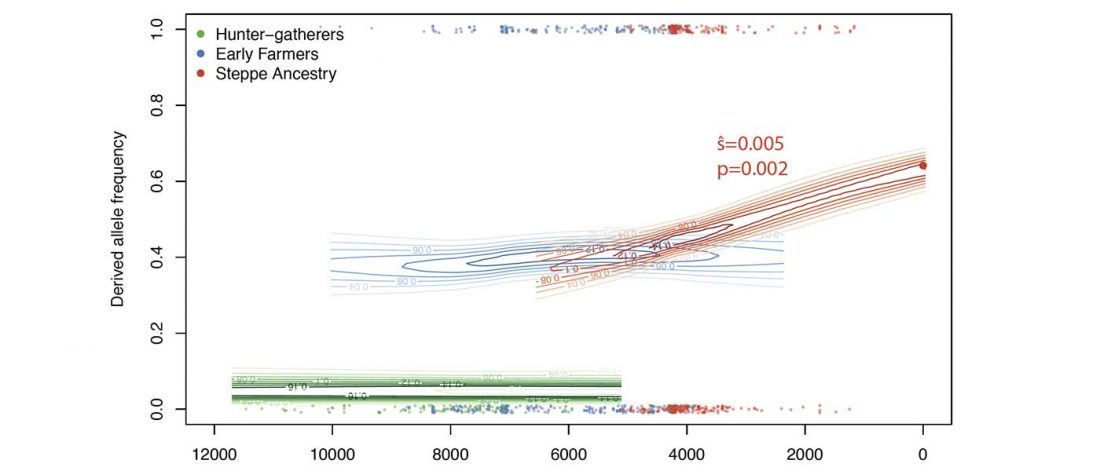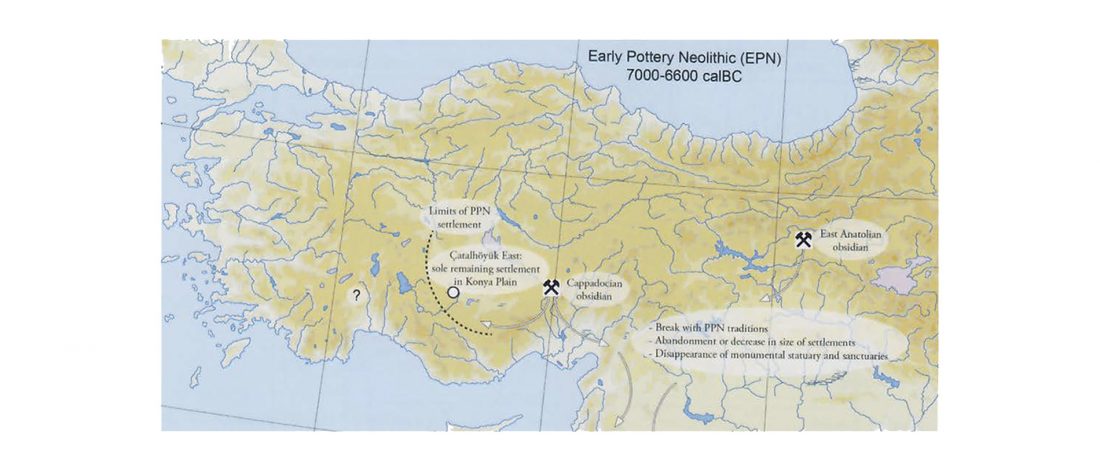Open access preprint Cultural Innovations influence patterns of genetic diversity in Northwestern Amazonia, by Arias et al., bioRxiv (2018).
Abstract (emphasis mine):
… Read the rest “Male-biased expansions and migrations also observed in Northwestern Amazonia”Human populations often exhibit contrasting patterns of genetic diversity in the mtDNA and the non-recombining portion of the Y-chromosome (NRY), which reflect sex-specific cultural behaviors and population histories. Here, we sequenced 2.3 Mb of the NRY from 284 individuals representing more than 30 Native-American groups from Northwestern Amazonia (NWA) and compared these data to previously generated mtDNA genomes from the same groups, to investigate the impact of cultural practices on genetic diversity and gain new insights about
